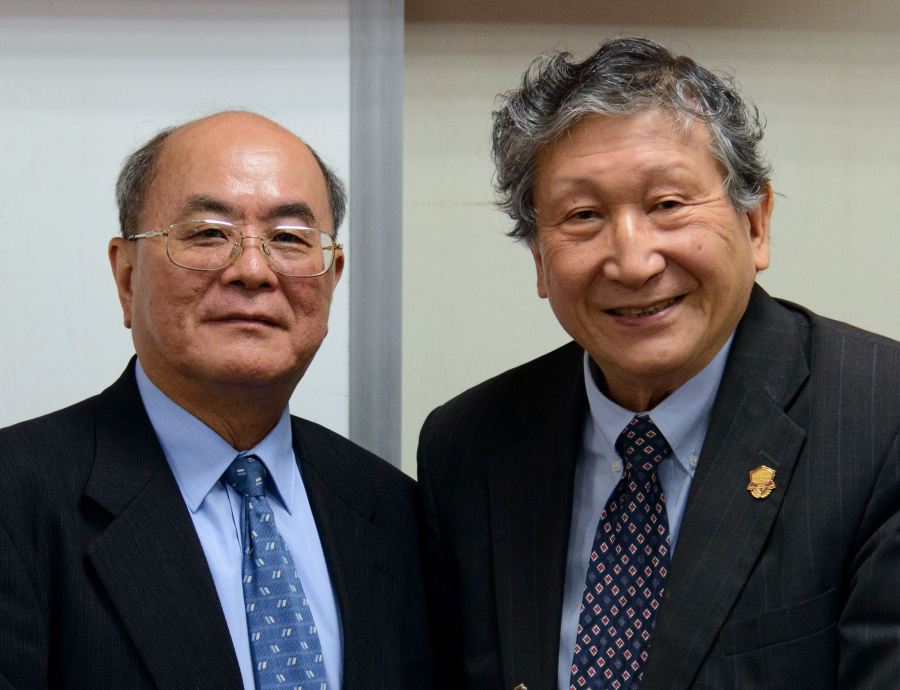On September 21, 1999, the 7.3 magnitude “Chi-Chi earthquake” struck Taiwan, killing more than 2,400 people. Chi-Chi, subsequently referred to as the “Jiji earthquake,” was the second-deadliest earthquake in Taiwan's recorded history, after the 1935 Shinchiku-Taichū earthquake. The earthquake caused the collapse of 51,000 buildings and partially destroyed as many as that.
On April 3, 2024 — about 25 years later — Taiwan experienced the 7.2 magnitude “0403” earthquake, but remarkably the death toll was limited to a reported 14 people, none of which died as a result of a building collapse. In fact, 0403 significantly damaged only a handful of buildings.
The extraordinary difference between the destruction in 1999 and 2024 is, in large part, the result of the research conducted at Taiwan’s National Center for Research on Earthquake Engineering (NCREE), a global leader in earthquake engineering research. Such research is a national priority because Taiwan is located near the junction of two tectonic plates.
For the past 25 years, the Department of Civil and Environmental Engineering at the University of Houston's Cullen College of Engineering has had a fruitful collaboration with NCREE through the leadership of several professors. This includes Emeritus Moores Professor Thomas Hsu, who has served as their consultant; Moores Professor Yi-Lung Mo, who served on their advisory board; and Thomas and Laura Hsu Professor Roberto Ballarini, who as Department Chair makes frequent visits to Taipei to sign the collaborative agreements and to foster continued collaboration between NCREE and UH’s faculty and students.
The research results produced by Hsu and Mo and their graduate students, in collaboration with NCREE researchers, have been adopted into Taiwan's seismic design codes and have been revised as new knowledge became available. Countless buildings, including schools, were retrofitted or restored using the revised seismic design codes.
The synergistic collaboration involves research performed on both the UH Main Campus and at the NCREE laboratories. At UH, the faculty perform comprehensive full-scale testing of structural components such as beams, columns and thin-walled shells and membranes; they use the experimental results to develop computational models of the components’ responses to dynamic loading; and implement the models into OpenSEES, a Finite Element Method program used across the globe to simulate the response of structures to earthquakes and other dynamic events.
The computational models and associated software developed at UH are validated by the experiments performed at NCREE on large structural systems, including buildings with non-traditional configurations and nuclear containment vessels subjected to cyclic loading and/or shaken on NCREE’s large “shake table.”
The success of the collaboration between UH and NCREE is truly meaningful, as evidenced by the significant differences in casualties and losses between the 1999 and 2024 earthquakes.
![A signing ceremony, with [left to right] S.J. Hwang (former NCREE Director), K.C. Chang (former NCREE director), Roberto Ballarini (CEE Chair) and Thomas Hsu (CEE Emeritus Moores Professor). A signing ceremony, with [left to right] S.J. Hwang (former NCREE Director), K.C. Chang (former NCREE director), Roberto Ballarini (CEE Chair) and Thomas Hsu (CEE Emeritus Moores Professor).](/sites/ccoe.egr.uh.edu/files/images/news/2024/signing-ceremony-01.jpg)

![[Left to right] Roberto Ballarini, CEE Chair, C.C. Chou, the director of NCREE. [Left to right] Roberto Ballarini, CEE Chair, C.C. Chou, the director of NCREE.](/sites/ccoe.egr.uh.edu/files/images/news/2024/ballarini-and-director-close-01.jpg)